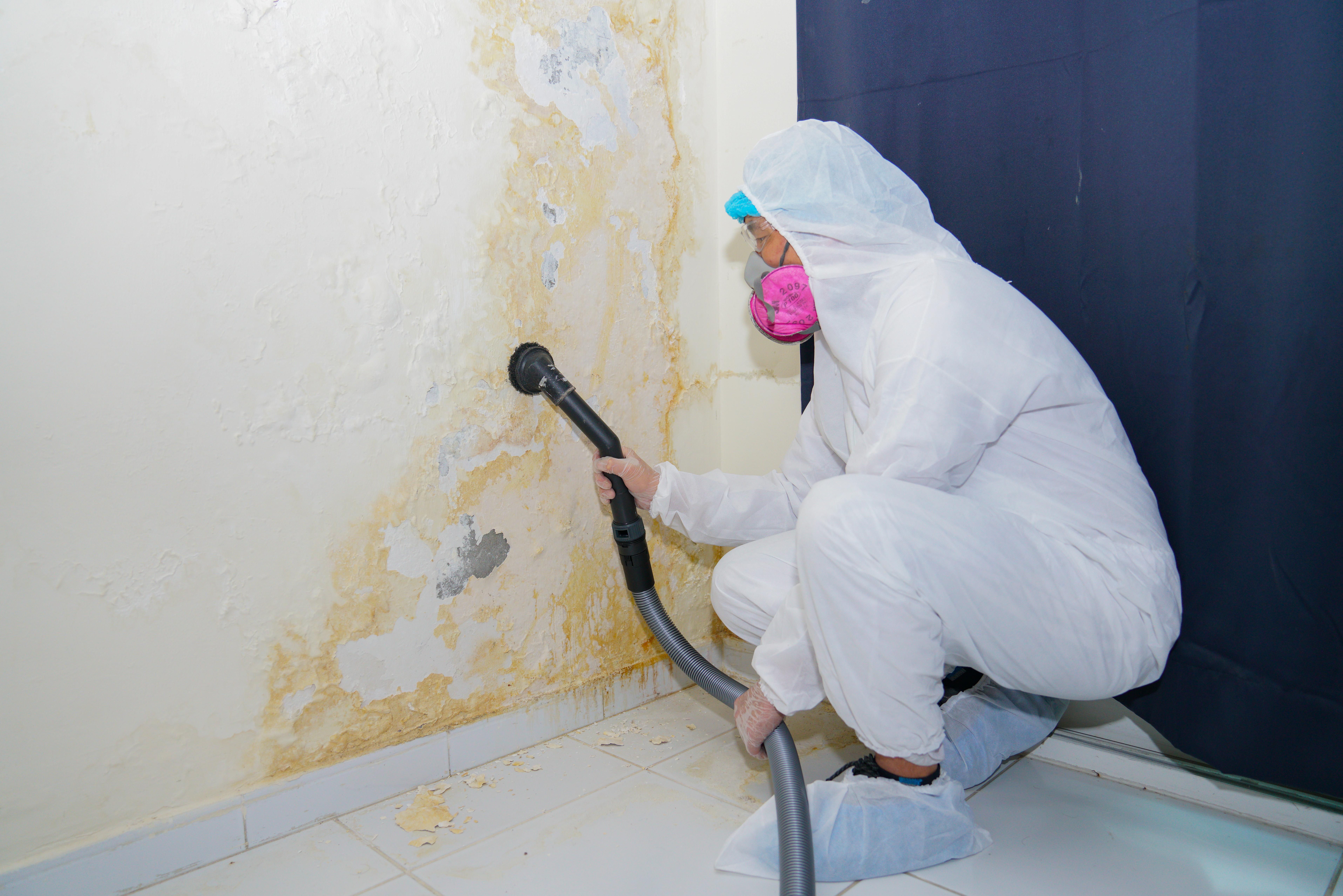Advice on What to Do After Mold Remediation
Advice on What to Do After Mold Remediation
Blog Article
Specialist Tips for Article Mold Remediation Success
In the world of mold removal, efficiently eradicating mold and mildew is only half the battle; real obstacle hinges on avoiding its reappearance. Post-remediation efforts play a critical duty in ensuring a mold-free environment in the long-term. By sticking to experienced ideas and ideal methods, people can safeguard their areas versus mold renewal and keep a healthy indoor atmosphere. It remains in this stage of the remediation procedure that interest to information and proactive procedures truly make a distinction.
Screen Moisture Levels Routinely
After completing mold and mildew remediation procedures, maintaining optimum moisture levels is important to avoid mold and mildew re-growth and make certain a healthy and balanced interior atmosphere. High moisture degrees over 60% create a helpful atmosphere for mold to thrive, making normal checking a proactive action to avoid any kind of future mold and mildew concerns.
Furthermore, developing a routine timetable for humidity checks, specifically in high-risk locations such as basements, kitchen areas, and washrooms, is a proactive method to mold avoidance. By regularly keeping track of moisture degrees, home owners can efficiently reduce the threat of mold and mildew reoccurrence and preserve a healthy and balanced interior setting post-remediation.
Conduct Thorough Inspections Post-Remediation
Following the completion of mold remediation treatments, it is imperative to perform detailed examinations to confirm the performance of the remediation process. These post-remediation examinations are vital in guaranteeing that the mold and mildew concern has actually been effectively attended to which there is no reappearance or staying mold development. Inspections should be lugged out by certified professionals who have know-how in recognizing mold and assessing interior air top quality.
Throughout these inspections, various methods such as aesthetic analyses, air sampling, and surface tasting might be employed to extensively examine the remediated areas. Visual analyses include a detailed examination of the facilities to check for any visible indications of mold and mildew growth or water damage. Air sampling assists in identifying the air-borne mold spore levels, while surface area tasting can detect mold particles on surface areas.
Implement Appropriate Ventilation Strategies
After guaranteeing the efficiency of the mold remediation procedure with detailed evaluations, the next crucial action is to focus on carrying out appropriate ventilation methods. Ample ventilation is essential in protecting against mold and mildew reoccurrence by managing wetness degrees and promoting air circulation.
Proper ventilation not only help in stopping mold growth however additionally adds to the overall health and convenience of residents. By making certain sufficient air flow throughout the home, you can reduce the threat of mold and mildew regrowth and produce a much healthier living atmosphere.

Usage Mold-Resistant Materials for Repair Works
To improve the lasting performance of mold remediation initiatives, including mold-resistant products for repair services is important in mitigating the risk of future mold growth. Mold-resistant materials are created to withstand wetness and inhibit mold and mildew development, making them a vital choice for locations vulnerable to moisture and humidity. When fixing locations impacted by mold and mildew, using materials such as mold-resistant drywall, mold-resistant paints, and mold-resistant caulking can help avoid mold and mildew recurrence.
Mold-resistant drywall is a superb choice to standard drywall in areas like basements and washrooms where dampness degrees are greater. This kind of drywall has an unique layer that withstands mold and mildew development also when revealed to damp problems. Additionally, making use of mold-resistant website link paints containing antimicrobial agents can further hinder mold development on wall surfaces and ceilings.
In areas where dampness prevails, such as bathrooms and cooking areas, making use of mold-resistant caulking around windows, sinks, and tubs can assist secure out water and avoid mold and mildew from taking hold in cracks and crevices. By investing in these mold-resistant materials during repair work post-remediation, you can dramatically lower the likelihood of future mold concerns and preserve a healthier interior setting.
Maintain Tidiness and Address Water Issues
After mold remediation, it is vital to preserve a clean environment to stop the regrowth of mold. Leakages, water invasion, or high moisture degrees can produce the best breeding ground for mold, additional hints so it is vital to fix any kind of water-related troubles instantly.
To maintain cleanliness, consider utilizing HEPA filters in vacuum cleaners and air purifiers to trap mold spores and stop their flow in the air. In addition, guaranteeing proper ventilation in locations prone to moisture accumulation, such as washrooms and cooking areas, can assist keep moisture levels in check. By staying alert concerning sanitation and addressing water problems promptly, you can successfully stop mold and mildew reinfestation and keep a healthy interior atmosphere.
Conclusion

In the world of mold and mildew removal, successfully removing mold is only half the fight; the real obstacle exists in preventing its reappearance. After finishing mold and mildew removal procedures, keeping optimum moisture levels is important to avoid mold and mildew re-growth and ensure a healthy and balanced indoor atmosphere. High moisture levels above 60% produce a conducive environment for mold and mildew to flourish, making normal checking a proactive procedure to protect against any type of future mold concerns.
To improve the long-lasting performance of mold and mildew remediation initiatives, integrating mold-resistant a knockout post products for repair services is crucial in alleviating the danger of future mold development. After mold remediation, it is critical to maintain a tidy environment to stop the regrowth of mold and mildew.
Report this page